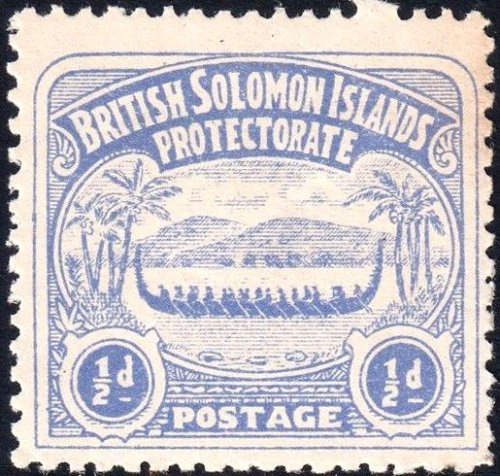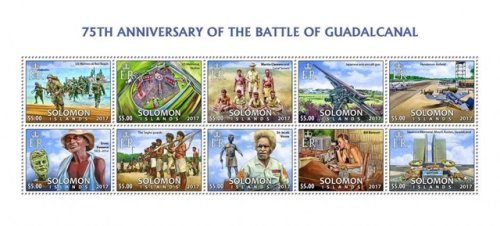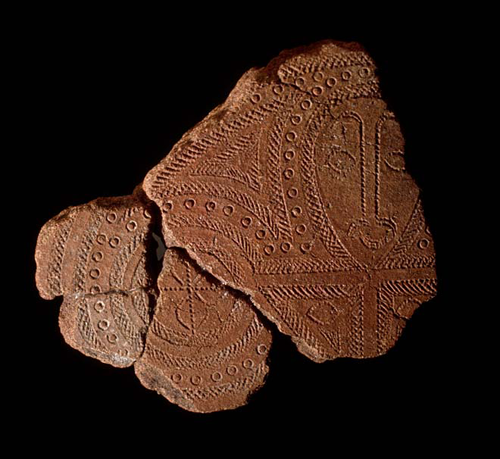#solomon islands



I know security and foreign policy are complicated issues but it does sound a bit odd to hear Sogavare say he’s standing up against the liberal hegemony of Australia not building military bases in the Solomon Islands. His whole grievance is that Australia wasn’t occupying SI, and someone has to do it, so he’s going with China.
The first European to sight and land in Solomon Islands (in 1568) was a Spanish explorer, Álvaro de Mendaña, who evidently rather thought he’d come upon Ophir, the Biblical city of riches of Solomonic fame, quite understandably calling the islands Islas Salomón. The British eventually wrested full control of much of the islands by 1893, though the Germans retained their power in the Northern Solomons (as part of German New Guinea) and a few of the islands ended up as part of Papua New Guinea. The principal island is Guadalcanal - a familiar name to anyone who ever learned much about WWII (and/or JFK). Solomon Islands gained independence from the British in 1978, and although English is the official language, only a tiny percentage of the population speaks English fluently, instead often communicating in an English creole, Pijin, or one of the 70-odd other languages spoken on the islands.
Stamp details:
Stamp on top:
Issued on: February 14, 1907
From: Honiara, British Solomon Islands Protectorate
MC #1
Second row left:
Issued on: April 7, 1975
From: Honiara, British Solomon Islands Protectorate
MC #268
Second row right:
Issued on: November 12, 1975
From: Honiara, The Solomon Islands
MC #284
Third row:
Issued on: July 7, 1978
From: Honiara, Solomon Islands
MC #357
Stamps on bottom:
Issued in: 2017
From: Honiara, Solomon Islands
MC #4496-4505
Recognized as a sovereign state by the UN: Yes (since September 19, 1978)
Official name: Solomon Islands
Member of the Universal Postal Union: Yes (since May 4, 1984)
Post link
Shards of Lapita pottery, terra cotta, ca. 1000 AD, Solomon Islands.
The Lapita culture is famous for its very refined ceramics. The designs on these shards were made using a stippling technique and this specific style is believed to be at the root of Polynesian aesthetics. The Lapitas spread throughout the Pacific and colonized previously uninhabited islands in Melanesia and Polynesia. Modern Polynesian peoples are the descendants of the Lapitas, who changed their way of life after their establishment on new islands: the Lapita culture then evolved and became the ‘Hawaiki’, the Ancestral Polynesian Society. The newly isolated Polynesians slowly abandoned the Lapita style and started to produce plainware ceramics: this major change is a clear rupture between the former Lapita culture and the new Hawaiki.
Courtesy of teara.govt.nz.
Post link








